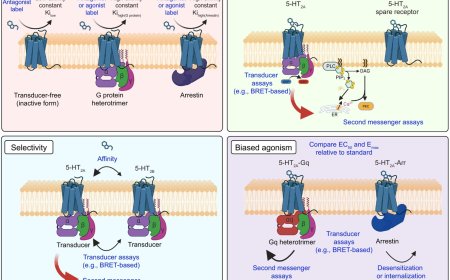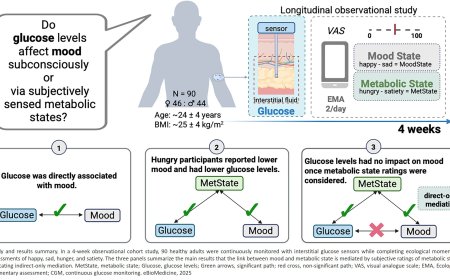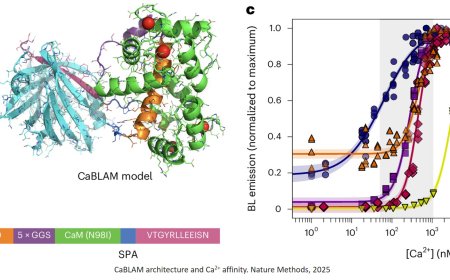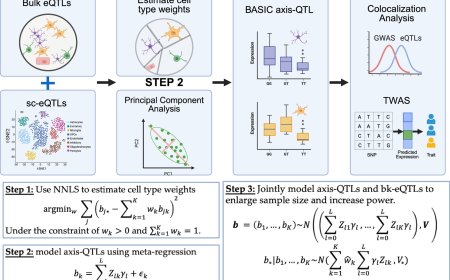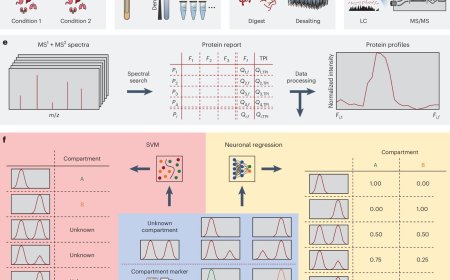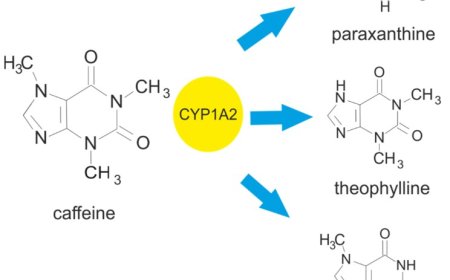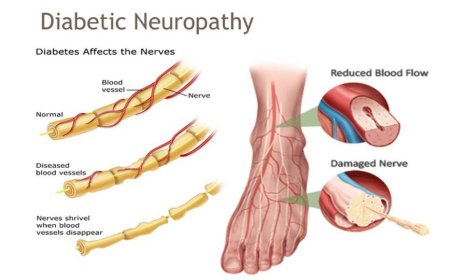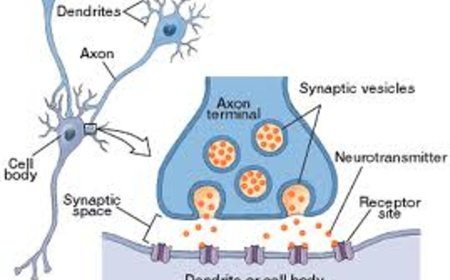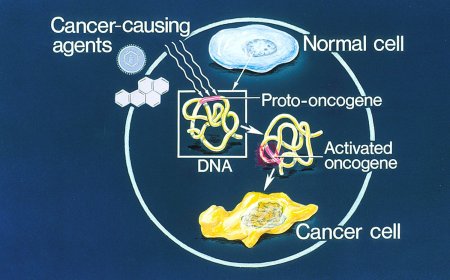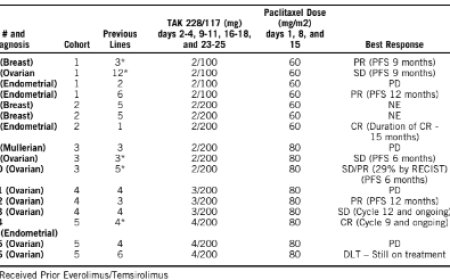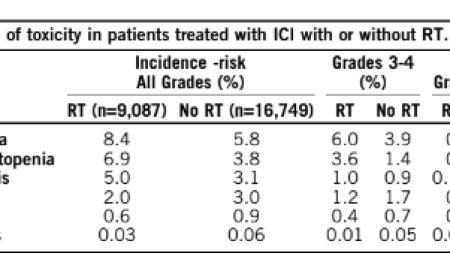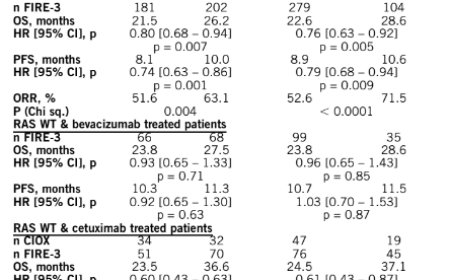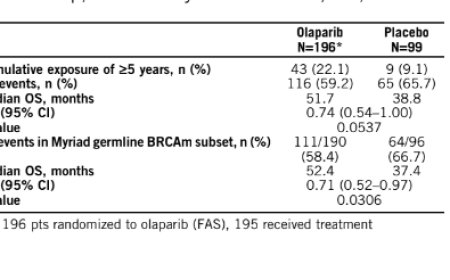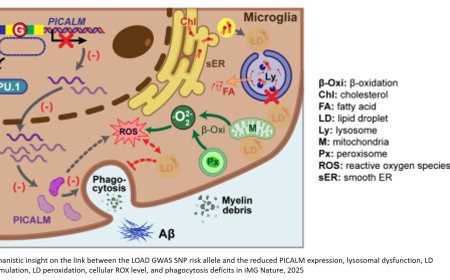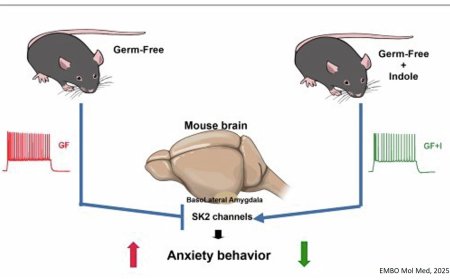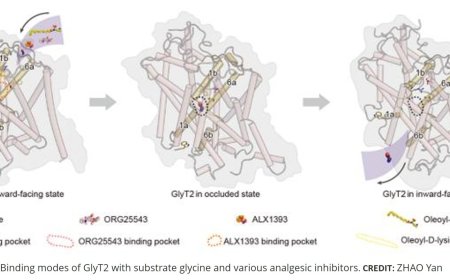Role of oxytocin in controlling social behavior
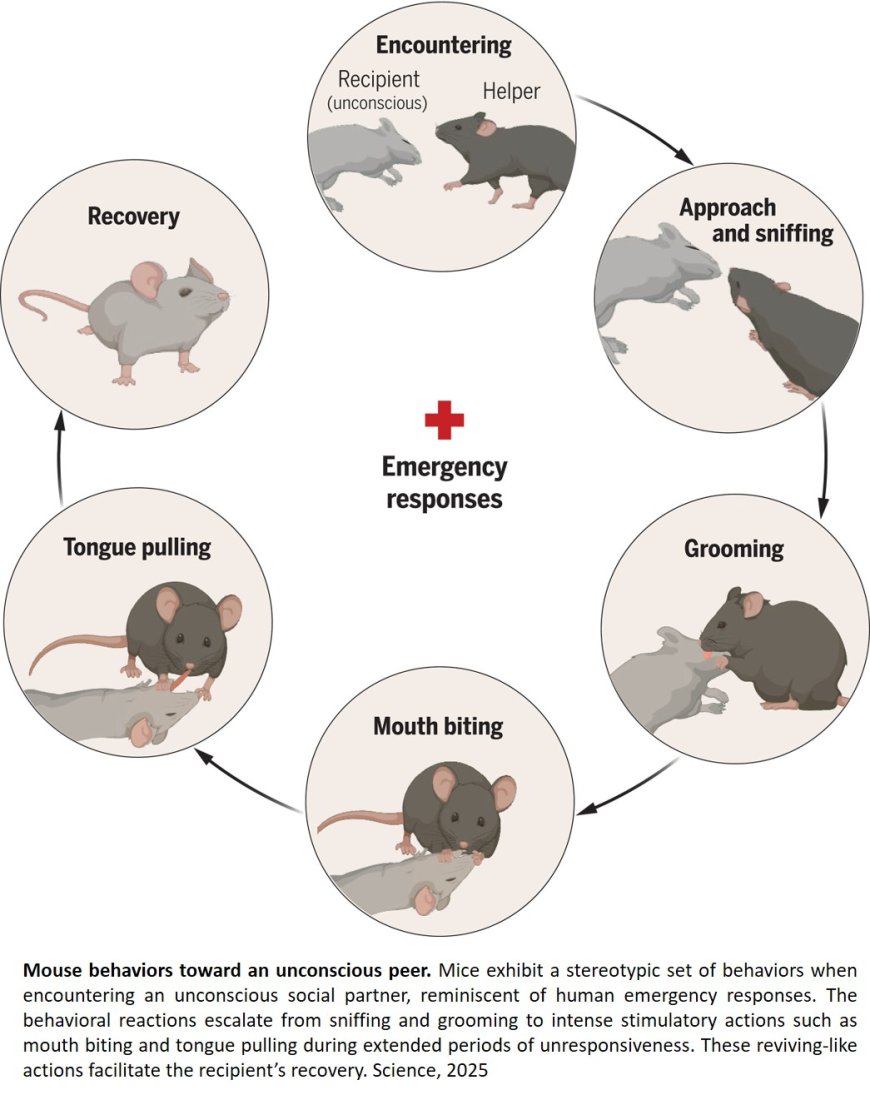
The researchers discover through happenstance that mice have their own form of ‘first aid’ practices to help other mice in need.
Humans may not be the only ones who aid their friends when they’re hurt. Mice may do it, too, as shown by a new research published recently in Science.
Scientists have been trying to understand why social mammals appear to help injured members of their species. There are numerous factors that determine empathetic behavior and social bonding in mammals, said the principal investigator of the study. “But this study is the first time we’re seeing a first responder-like behavior in mice.”
The study shows that mice tend to help other mice they know are unconscious. Their response ranges from gentle sniffing and grooming to more forceful actions such as mouth or tongue biting, before finally escalating to pulling the tongue out of the unconscious mouse.
“The behavior was especially unique due to its similarity to how humans behave in emergency responses,” said the first author of the study. “I had never seen this behavior from mice before.”
Interestingly, the scientists discovered this behavior by accident. The authors first witnessed the rehabilitative behavior among mice paired together in an unrelated scientific study. When humans encounter an unconscious individual, the emergency response is varied, including assessing the situation, checking responsiveness, calling for help and performing cardiopulmonary resuscitation, or CPR, on an individual.
The urgency with which “helper mice” target the mouth and tongue of their unconscious peers appears to improve the airway of their peer and lead to a faster recovery, said an author of the study.
The authors pointed out that the scientists learned the act of tongue-pulling between mice in this study could not be interpreted as an aggressive gesture. The social behaviors in the study were significantly more pronounced among familiar pairs of mice and were rarely seen when one of the paired mice was simply sleeping or active. Furthermore, after the unconscious mice regained consciousness, they had regular use of their tongue.
The study utilized advanced neural imaging and optogenetics to investigate the neural mechanisms behind the social behaviors of the helper mice. The authors said one of the most intriguing aspects of the research team’s neural observations was the discovery of the activation of oxytocin neuropeptides. Oxytocin is widely known as a hormone that plays a crucial role in social bonding.
Oxytocin is sometimes called the “love hormone” because it is associated with feelings of trust, bonding and affection. The authors said this was the first study to show oxytocin may also be a key factor in the social bonding in mice. The study’s findings not only enhance our understanding of animal behavior but also highlight the critical role of the oxytocin system, which may also inform social behaviors across vertebrate species.
The research team plans to run longer experiments in the future to see if mice have even more complex responses to their unconscious peers. Tao believes this discovery opens exciting new ways to study the biological foundations of prosocial behaviors, including empathy.
This research suggests many social animals, including humans, might have evolved to help each other in critical situations, improving survival chances and strengthening social bonds.


